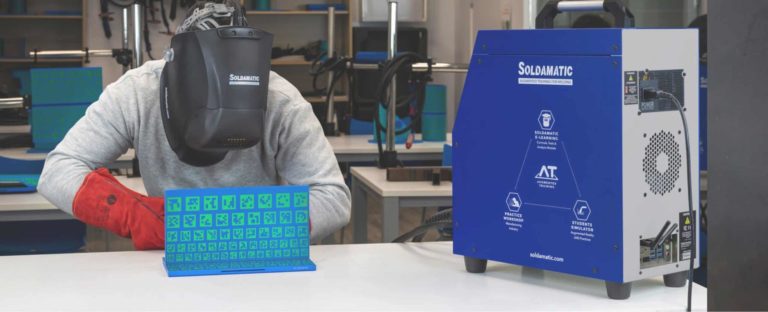
Though we spend ample time examining consumer-based AR endpoints, greater near-term impact is seen in the enterprise. This takes many forms including brands that use AR to promote products in greater dimensions and industrial enterprises that streamline operations.
These industrial endpoints include visual support in areas like assembly and maintenance. The idea is that AR’s line-of-sight orientation can guide front-line workers. Compared to the “mental mapping” they must do with 2D instructions, visual support makes them more effective.
This effectiveness results from AR-guided speed, accuracy, and safety. These micro efficiencies add up to worthwhile bottom-line impact when deployed at scale. Macro benefits include lessening job strain and closing the “skills gap,” which can preserve institutional knowledge.
But how is this materializing today and who’s realizing enterprise AR benefits? Our research arm ARtillery Intelligence tackled these questions in its report: Enterprise AR: Best Practices & Case Studies, Vol 2. We’ve excerpted it below, featuring Seaberry’s AR training program.
Muscle Memory
AR isn’t just applied to a range of business verticals – everything from aerospace to automotive – but also various “horizontal” use cases. One of those use cases that continues to develop in AR applicability is welding. It’s a prevalent function across industrial enterprises.
AR’s applicability here isn’t with real-time guidance, as seen in many other functions, but rather training. As background, welding is a visually-intricate process with a muscle-memory-based learning curve. And it has dangerous real-world training conditions considering burn risk.
All these factors make it primed for AR simulation as a training tool. Enter Seaberry’s Sodematic IE system which uses customized hardware rigs with AR glasses and welding helmets. These rigs also include AR-triggering markers for soldering targets and real welding equipment.
This combination of real welding equipment and AR gear creates a realistic simulation. Welding trainees grip real welding equipment (supporting the muscle memory noted above) while printed markers activate AR graphics to simulate welding scenarios and results.
Altogether, this creates a visually accurate and tactile welding simulation in a safe environment. Moreover, it sidesteps cultural adoption barriers for wearing bulky AR headgear, which is common in enterprise AR. In welding, practitioners are already comfortable with helmets.
Quantifiable Results
Beyond all the theoretical benefits and situational alignment, how is Seaberry’s Soldematic system achieving quantifiable results? The company boasts 34 percent greater pass rates for certified welders than traditional methods. It has also achieved a 56 percent reduction in training time.
Additionally, it has achieved a 68 percent reduction in lab costs, and 84 percent fewer training accidents. As seen in the more prevalent area of enterprise VR training, these benefits speak to both cost containment and risk management, which resonate with enterprise buyers.
In terms of strategic benefits for Seaberry as a business, all of the above has accelerated its penetration including use across 750 companies in 75 countries. Cumulatively, it has trained 90,000+ practitioners, quickly making it a standard in the sizeable market for industrial welding.
We’ll pause there and circle back in the next report excerpt with another enterprise AR case study. Meanwhile, see the full report here.

